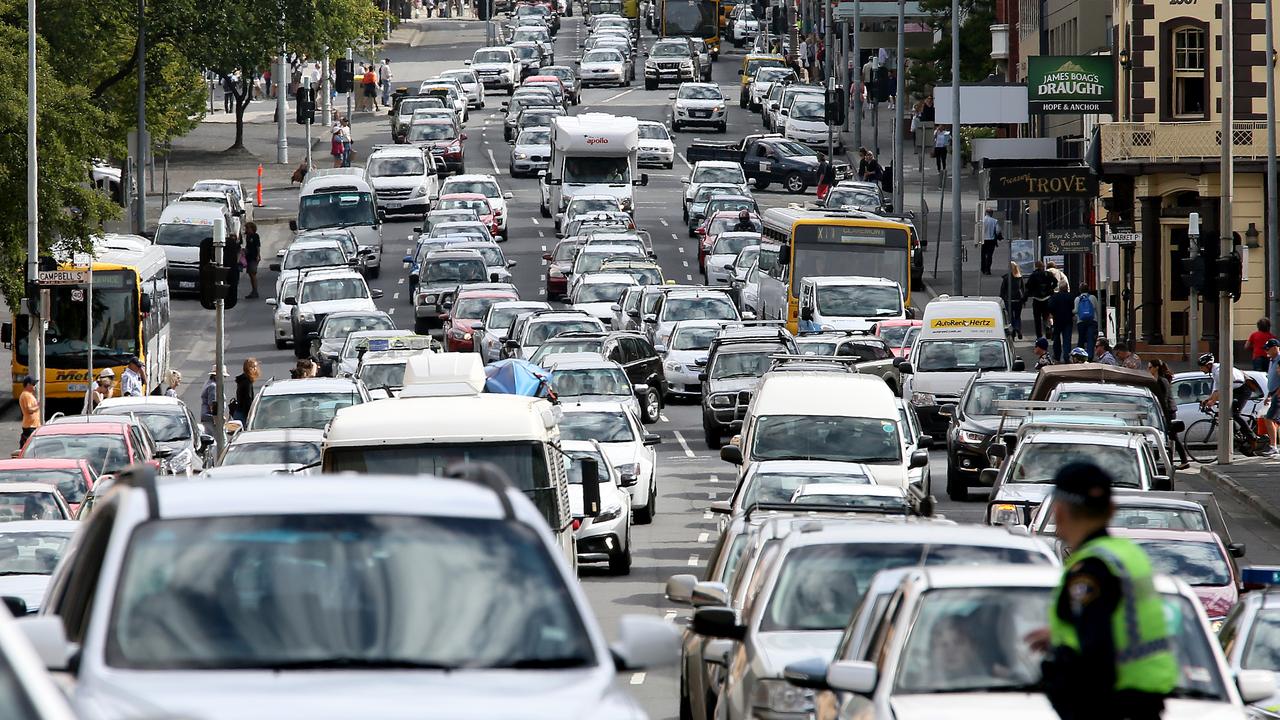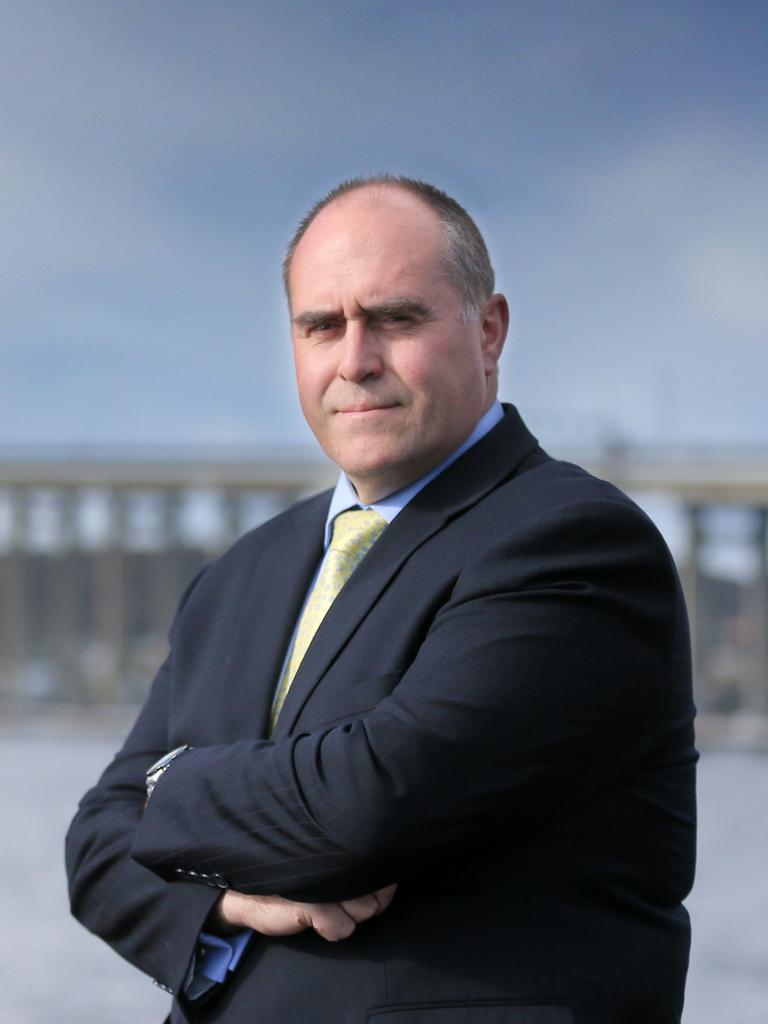Future Tassie survey reveals traffic is worsening and not enough is being done to fix it
Tasmanian motorists believe not enough is being done to combat Hobart’s worsening traffic congestion, an exclusive Mercury survey has revealed. See some of the best ideas. READ THE EDITORIAL

TASMANIAN motorists believe not enough is being done to combat Hobart’s worsening traffic congestion, an exclusive Mercury survey has revealed.
More than 90 per cent of responses in the Future Tassie survey think more should be done to reduce time spent idle on our roads.
Almost 87 per cent of the survey’s 1362 respondents thought congestion in the state’s capital had worsened in the past 12 months — a view supported by the RACT.
EDITORIAL: TIME TO GET ON WITH THE PLAN
Hobart is rated as the fourth most congested city in the nation after Melbourne, Sydney and Adelaide, the Australian Automobile Association’s congestion report found.
“It comes as no surprise the worsening congestion is a concern — this is what we are hearing from members,” RACT Group chief executive Harvey Lennon said.
“Which is why we are conducting our Greater Hobart Mobility Vision, which has included surveying the public about a range of options for long-term solutions.”

He said RACT would release the vision once confident it was the best solution for all Tasmanians.
The condition of Tasmania’s roads has also come under fire in the Future Tassie survey with only 1.4 per cent rating them as “excellent”.
They were graded as “fair” by 51 per cent, “poor” by 27 per cent and “good” by 20 per cent.
When asked what would help ease Hobart’s traffic congestion, 41 per cent of survey participants said establishing peak hour clearways was very important. Almost 36 per cent said light rail was very important and 37 per cent said encouraging active transport such as walking and cycling was also very important.
And more than 74 per cent believe a River Derwent ferry network was an important or very important aspect to easing congestion.
Other popular solutions suggested by Mercury readers were a Hobart CBD bypass, subsidised or cheaper public transport, moving services and jobs to outer suburban growth areas, building park-and-ride bus stops and an integrated cycleway network.

Bicycle Network Tasmania public affairs manager Alison Hetherington said Hobart only had a disjointed network.
She said cycle paths had to be useful and take people to the shops, work or school to get them out of the car and onto a bike.
“Separated cycleways are fundamentally essential for Hobart in the coming years,” she said.
“They will get many more people riding than just paint on the road.”
Ms Hetherington said bike racks on buses were also a good idea and would help better integrate transport options.
But urban geographer and transport economist Bob Cotgrove said universal car use was an intrinsic feature of modern post-industrial cities and “part of the solution is to decentralise jobs from central Hobart to growth centres”.
Acting Infrastructure Minister Guy Barnett said the State Government was investigating a western city bypass, an eastern road link or a cross city tunnel.
He said work had began to resolve incidents on key CBD feeder routes quicker and planning had started on the Southern Outlet fifth lane and the Hobart Airport Interchange flyover project.
He said the $500 million Midland Highway 10-year action plan had already improved the highway.
He said the Government had also invested $31 million in 100 new Metro buses.


